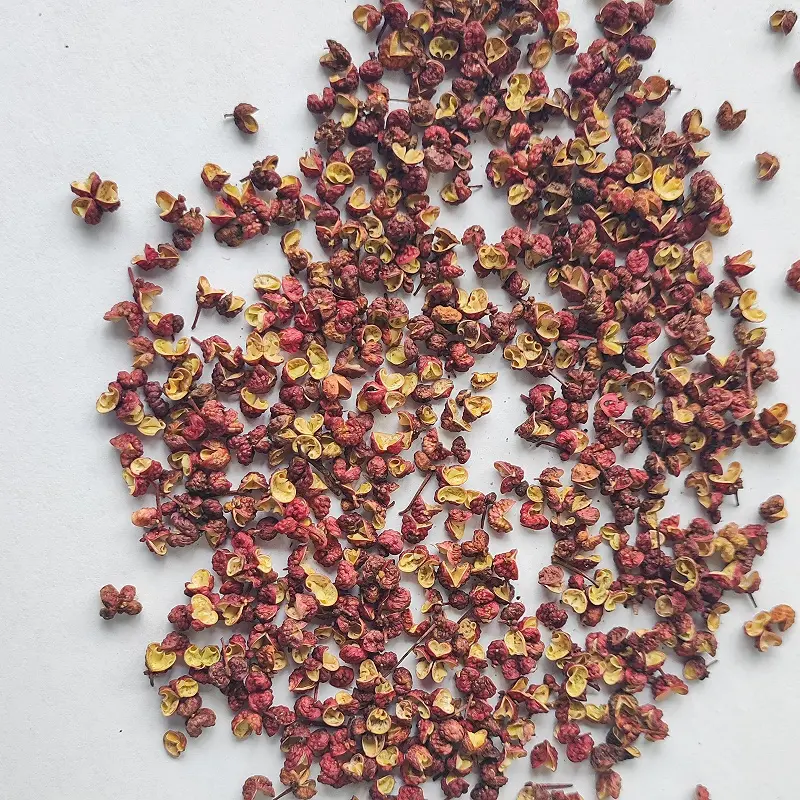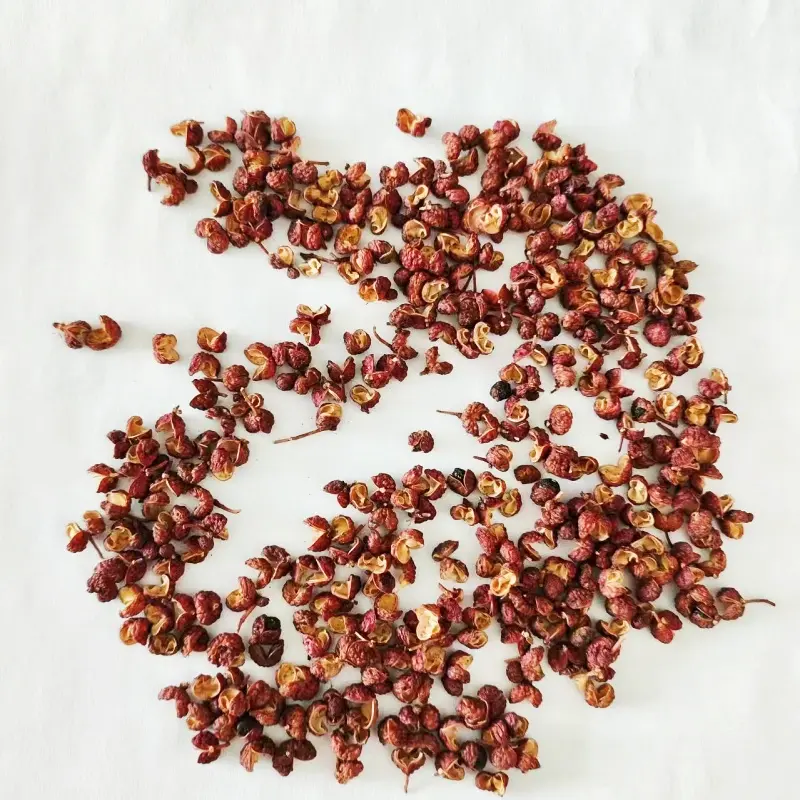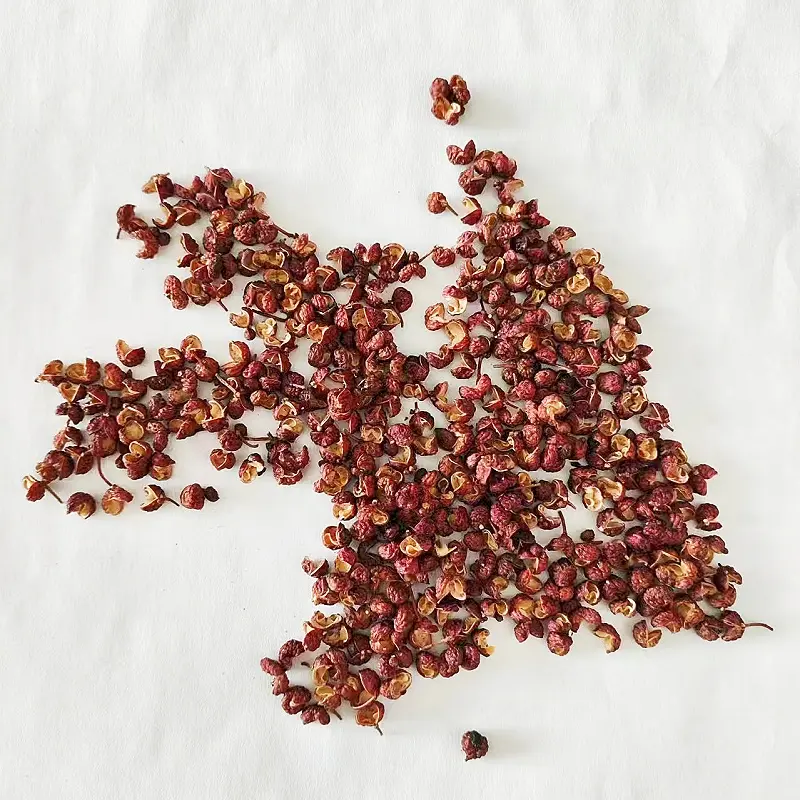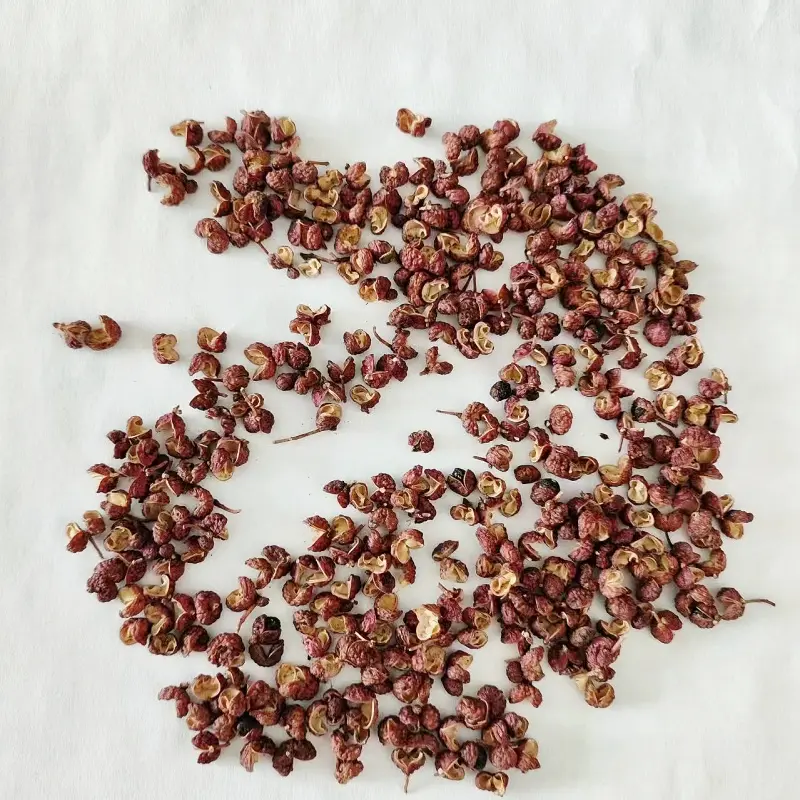Sichuan peppercorns, known for their unique numbing (má) sensation and aromatic qualities, are an essential ingredient in Chinese cuisine, particularly in the spicy and fragrant dishes of Sichuan and Chongqing. However, the journey of Sichuan peppercorns from farm to kitchen is more complex than it might seem. The way they are harvested, dried, and processed can significantly influence their flavor and texture. In this article, we’ll explore the different processing methods used for Sichuan peppercorns and how these techniques impact their culinary use.
1. Harvesting: The First Step in Flavor Development
Before we delve into processing methods, it’s important to understand the harvesting process. Sichuan peppercorns are actually the dried husks of the Zanthoxylum plant, and they grow in clusters similar to small berries.
Timing of Harvest: The peppercorns are typically harvested in late summer to early autumn when the berries are ripe and have turned red or purple. The ideal harvest period ensures the flavor is at its peak.
Manual vs. Mechanical Harvesting: While traditional harvesting is done by hand, modern farms may use mechanical harvesters to speed up the process. Manual harvesting is preferred in high-quality productions, as it ensures minimal damage to the peppercorns.
2. Drying: Preserving Freshness and Flavor
Once harvested, the peppercorns need to be dried to preserve their unique flavor and aroma. Drying is an essential step in processing, and there are several methods employed.
Sun Drying: The most traditional and natural method, sun-drying involves spreading the peppercorns under the sun for several days. This method is favored for its ability to slowly preserve the essential oils that give Sichuan peppercorns their distinctive fragrance. However, it is highly dependent on weather conditions and can lead to inconsistent results.
Air Drying: In regions where sun exposure is inconsistent, air drying in well-ventilated areas is used. This method can take longer but helps maintain the aromatic oils without the risk of overheating them.
Oven Drying: For larger-scale production, industrial ovens with controlled temperature settings can dry the peppercorns efficiently. While this method is faster, it can lead to the loss of some volatile compounds that contribute to the complex aroma of Sichuan peppercorns.
Comparison of Drying Methods
Drying Method Time Required Flavor Retention Equipment Needed Pros Cons Sun Drying 3-5 days High None (requires sunlight) Natural, cost-effective Weather dependent, inconsistent results Air Drying 5-10 days Moderate to High Well-ventilated space More consistent than sun drying Slower, requires space for drying Oven Drying 4-6 hours Moderate Industrial oven Fast, efficient, scalable Risk of flavor loss due to high heat
3. Roasting: Enhancing the Aroma and Flavor
Roasting is another key step in Sichuan peppercorn processing, as it brings out the full depth of their flavor and fragrance.
Dry Roasting: This method involves placing the peppercorns in a heated, dry pan or wok. The roasting process can take several minutes, during which the peppercorns are constantly stirred to avoid burning. Dry roasting enhances the aroma and creates the signature smoky, roasted flavor often found in Sichuan dishes like mala hot pot.
Oil Roasting: In some cases, Sichuan peppercorns are roasted in hot oil, which can intensify their flavor. This method is less common but is used in specific regional recipes to create an even richer, more aromatic oil that can be used in cooking.
Roasting with Salt or Spice: Another technique involves roasting Sichuan peppercorns with salt or other spices, which can impart additional layers of flavor to the peppercorns, making them ideal for certain flavor profiles in Sichuan cuisine.
4. Grinding and Crushing: Unlocking the Full Potential of Flavor
Once roasted, the peppercorns are often ground or crushed to release their essential oils and flavor compounds, making them ready for use in cooking.
Whole vs. Ground: Whole Sichuan peppercorns are often used for their full flavor and texture, particularly in dishes where their presence is desired. Ground peppercorns, on the other hand, release their numbing and aromatic compounds more quickly and are commonly used in sauces, marinades, or spice mixes.
Traditional Stone Grinding: In some cases, Sichuan peppercorns are ground using traditional stone mills, which allow for better control over texture and preserve the aromatic oils.
Modern Mechanical Grinders: For commercial use, electric or mechanical grinders are used to achieve a fine or coarse grind, depending on the recipe. This method is quicker but may result in slight flavor degradation due to the heat produced during grinding.
5. Storage: Maintaining Freshness and Potency
Proper storage is essential to ensure Sichuan peppercorns maintain their peak flavor and aroma. Because of their high oil content, they can lose their potency if not stored properly.
Airtight Containers: Storing Sichuan peppercorns in airtight containers prevents them from absorbing moisture and losing their essential oils. Glass jars or vacuum-sealed bags are ideal for long-term storage.
Cool, Dry Locations: Peppercorns should be kept in cool, dry areas, away from direct sunlight and heat sources. Exposure to heat and humidity can cause them to lose flavor more quickly.
Freezing for Long-Term Storage: For those who buy in bulk or want to store Sichuan peppercorns for extended periods, freezing them in airtight bags can help preserve their potency without compromising flavor.
6. Regional Variations in Processing
Different regions in China may have unique processing techniques that affect the flavor and texture of Sichuan peppercorns.
Sichuan vs. Chongqing: While both Sichuan and Chongqing use Sichuan peppercorns in their cuisines, the peppercorns from these regions may undergo different drying or roasting methods, giving them slightly different flavor profiles. Sichuan peppercorns tend to have a more delicate, floral aroma, while those from Chongqing are known for their more intense, pungent flavor.
Premium Varieties: Some high-end Sichuan peppercorns are processed using traditional methods passed down through generations, while mass-produced varieties may be treated with modern techniques to speed up production and maintain uniformity.
Conclusion:
The various processing methods used for Sichuan peppercorns – from drying and roasting to grinding and storage – all play a crucial role in shaping their distinctive flavor profile. By understanding these methods, we can better appreciate how the peppercorns are transformed from simple berries into the vibrant, aromatic spice that adds character to countless Sichuan dishes. Whether you're an aspiring chef or a home cook, knowing how to properly process and handle Sichuan peppercorns is key to unlocking their full potential in your cooking.
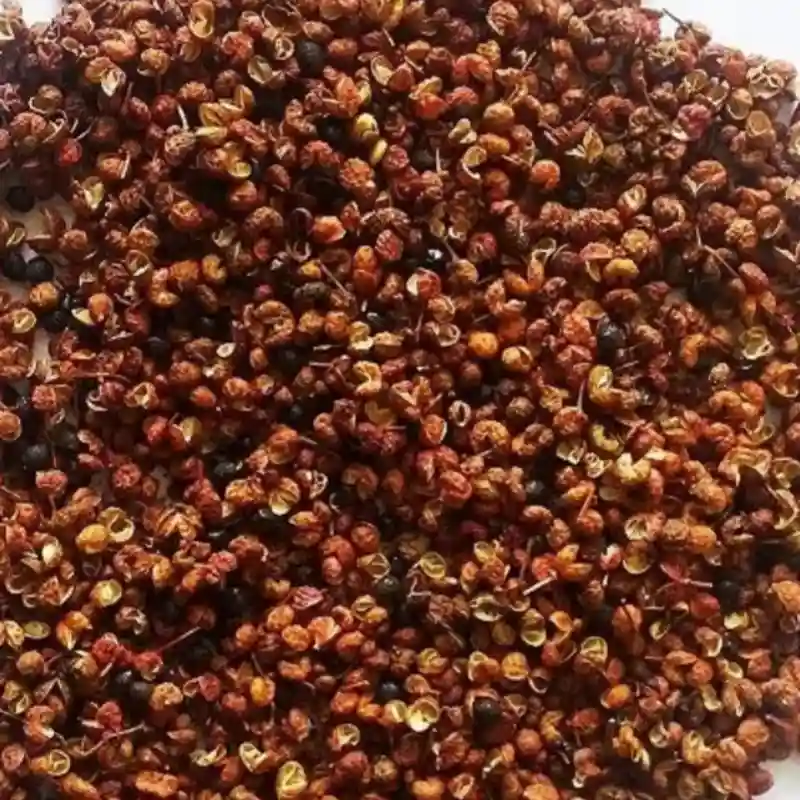
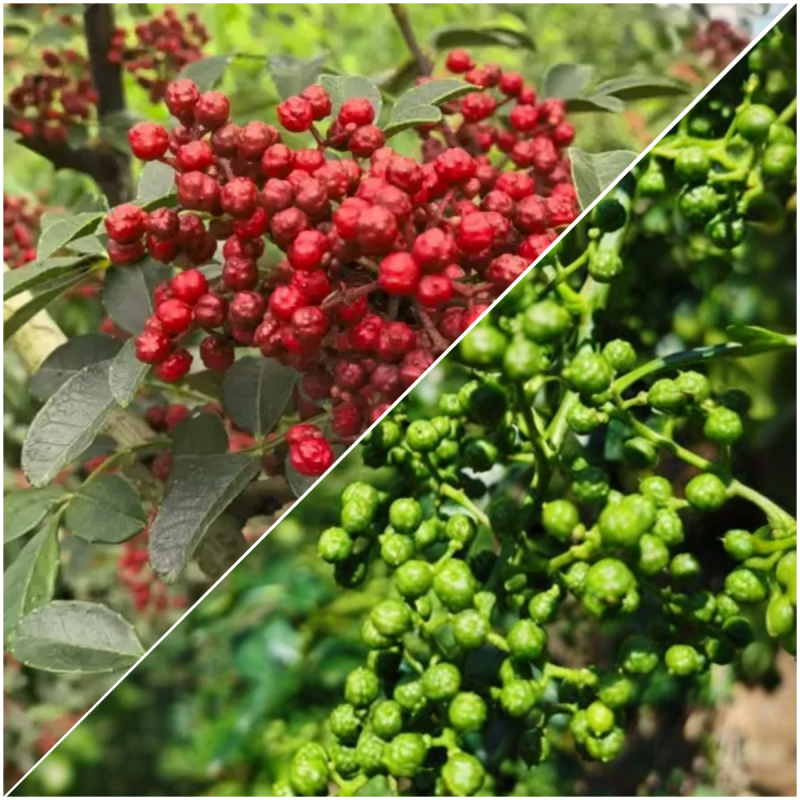
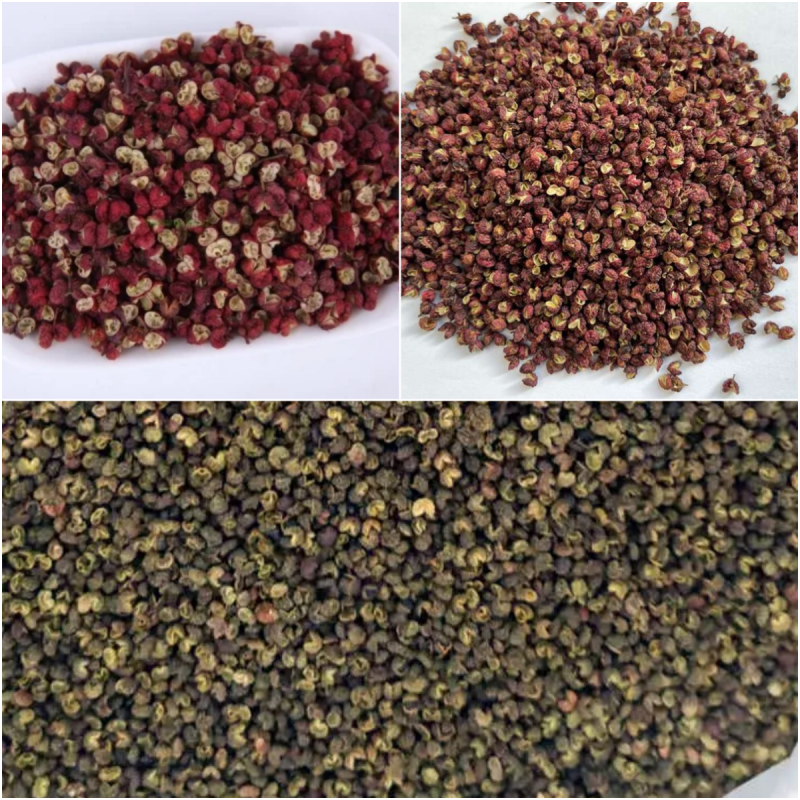
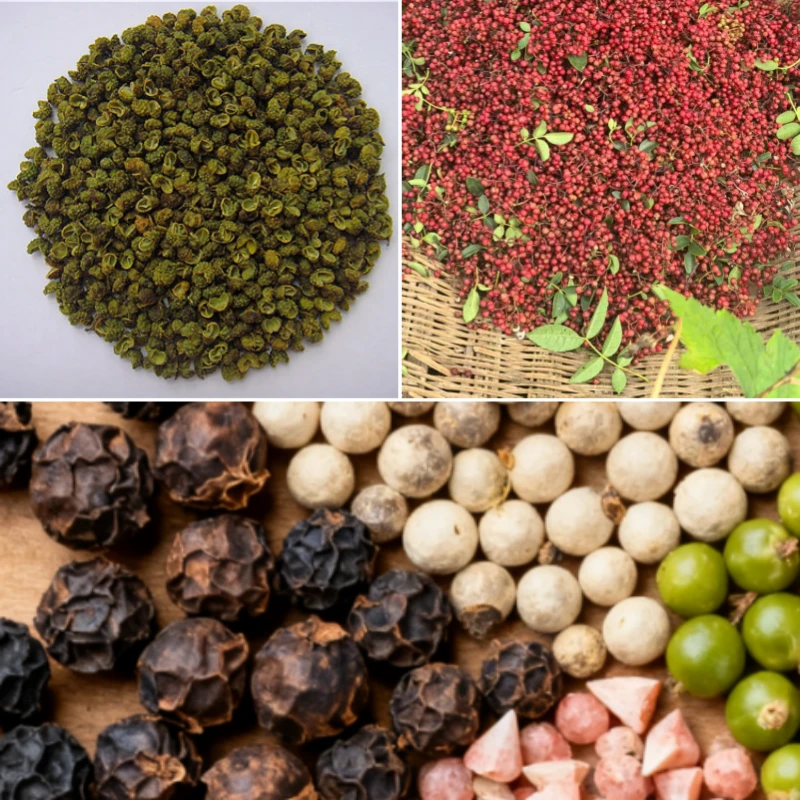
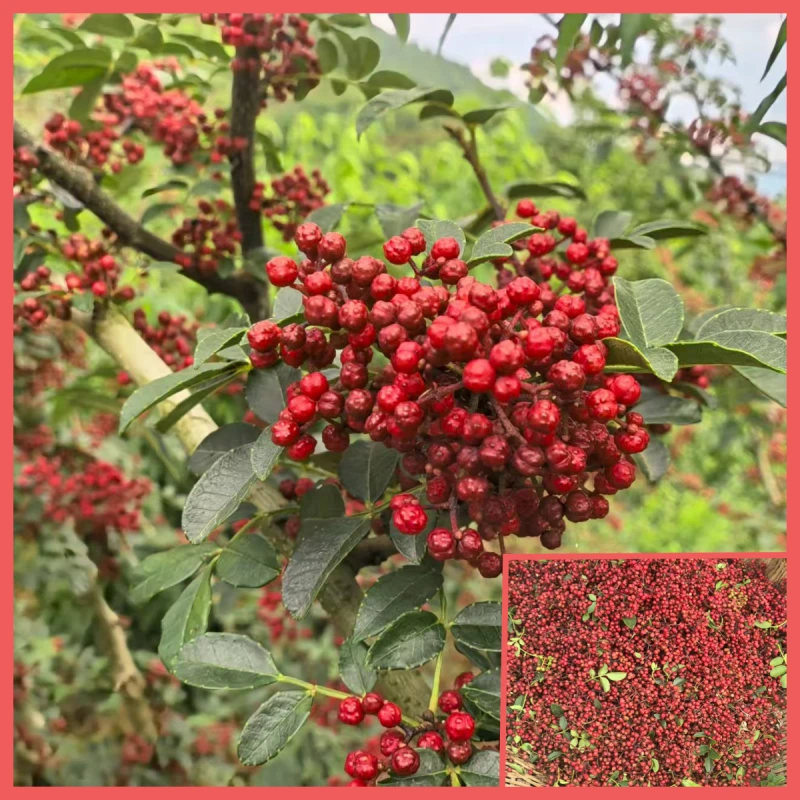
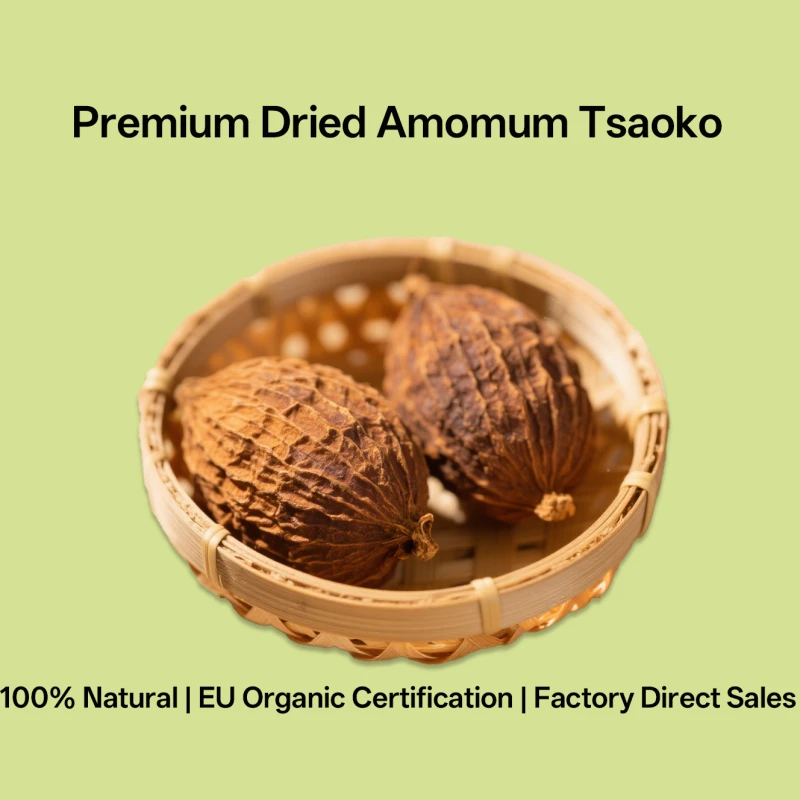
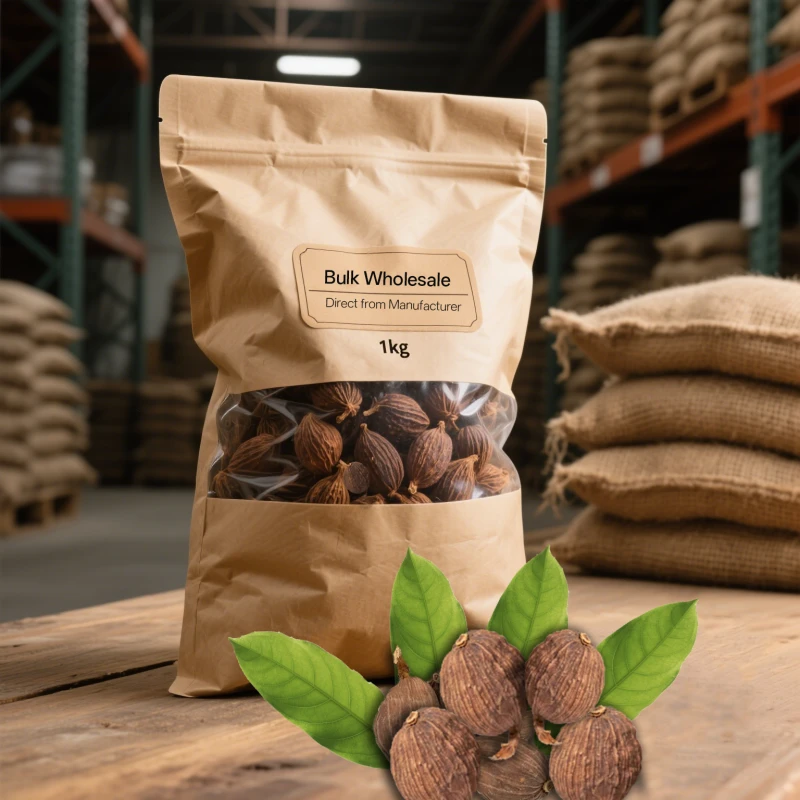
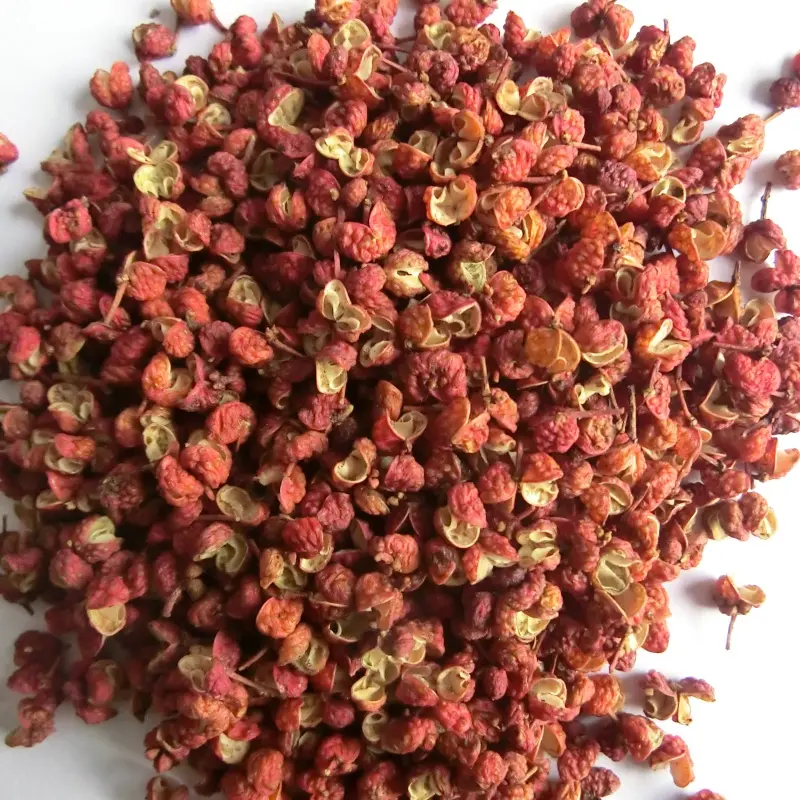
811.webp)
